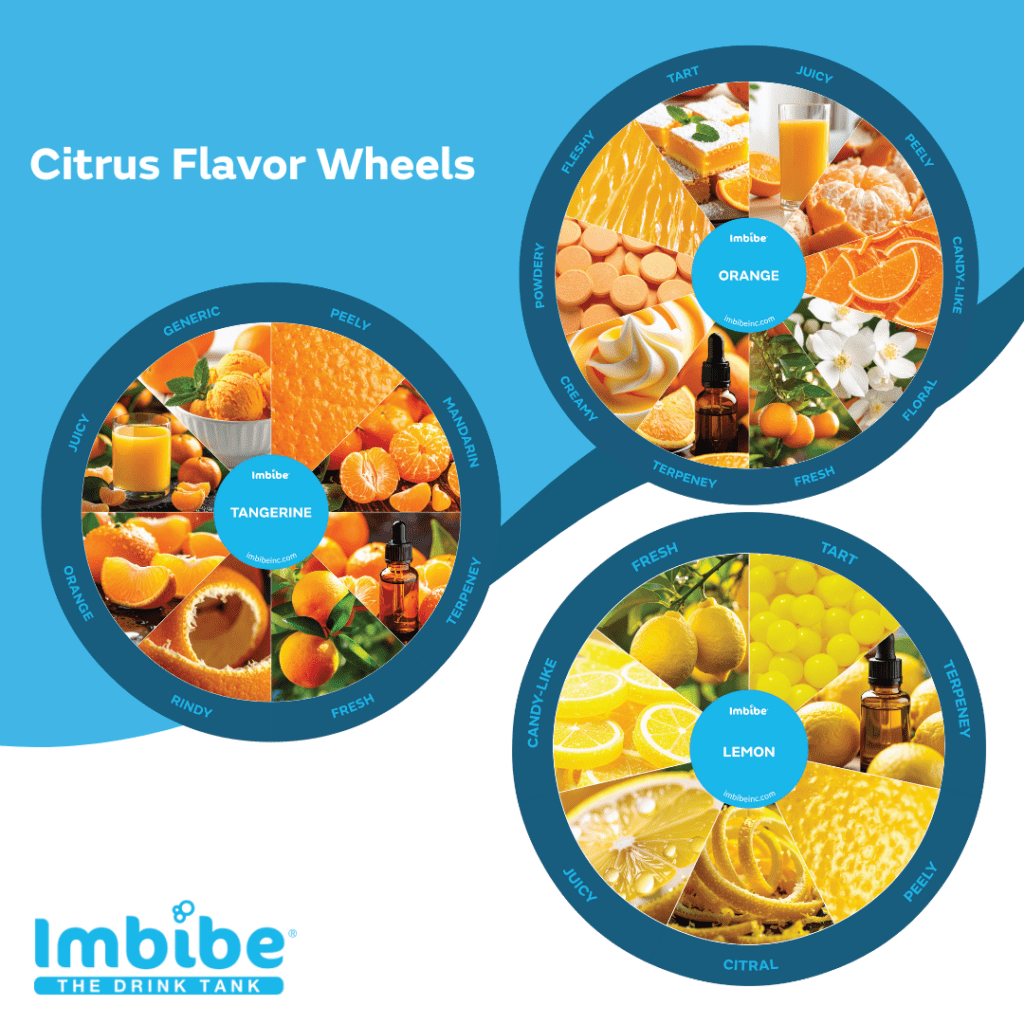Natural sourcing and respective health benefits of coffee and tea — along with the versatility products can offer by incorporating functional ingredients, exciting flavors, and novel brewing methods — are contributing to category success. Entrepreneurs and established brands alike are entering the RTD coffee and tea markets which, although saturated, are less dominated by major players than carbonated soft drinks. In fact, many coffee and tea trends are introduced to the market by “third-wave” brands before they become mainstream. Another upward trend is for large brands to acquire smaller ones after a product experiences a certain level of success.
Once a beverage trend has “legs,” brands large and small jump on the bandwagon. For example, cold-brew coffees started appearing in cafés around 2014 and were a hit with consumers because they were smoother to drink due to less acid and bitterness than hot-brewed coffee. The majority of RTD coffee beverages developed in the US in the last few years have been cold brew, with hundreds of products entering the market. Brands are differentiating their cold-brew coffees by incorporating dairy or dairy-alternative milks or functional ingredients. Still, taste is always prime for a product’s success.
Plant-based and functional ingredients are especially popular in coffee and tea categories, bringing their fair share of technical challenges. Given that, and the fact that in today’s industry, clean label is becoming a standard, it’s especially important to have a clear plan of the coffee or tea beverage being developed. Important questions to ask before diving into product development include: What is the desired flavor profile? How sweet will it be? Will it include dairy or dairy-alternative milk? Will it have functional ingredients? Are there ingredient restrictions? Are specific product claims desired? Is there a calorie limit? How will the final product be processed and stored? The answers will dictate the production method and thermal processing conditions for the product, which are key to know up front, considering the significant impact these parameters have on product taste, texture, and stability. The answers also will lead to a clear agreement and understanding of the product being created and guide development from the onset, helping to prevent a need for later reformulations.
Read the full article in Prepared Foods.




